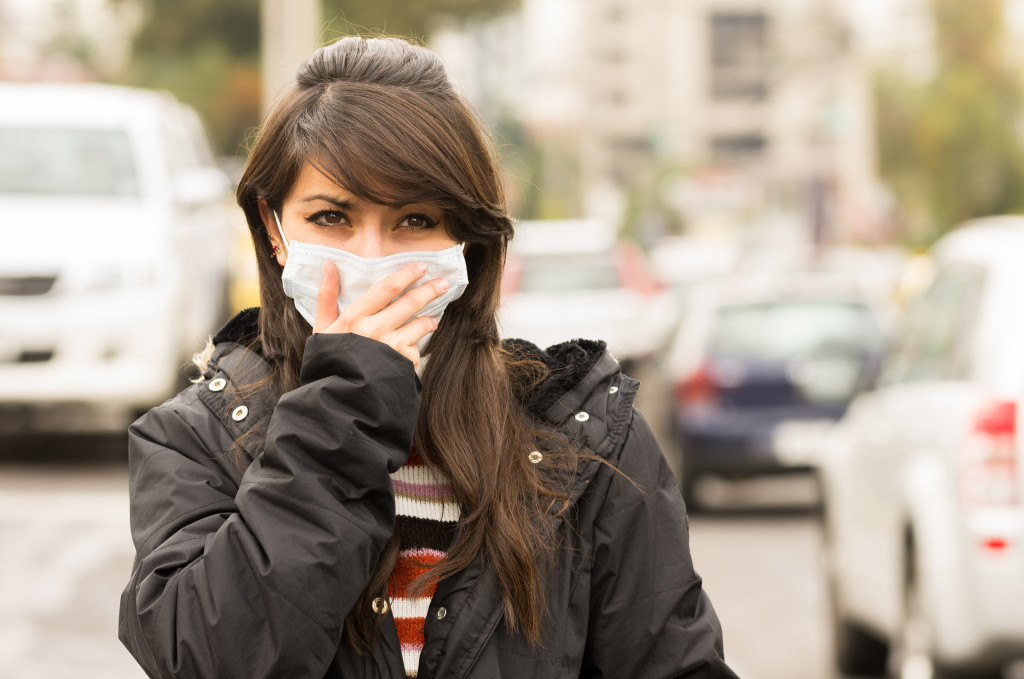Traditionally, most of us know that heat is one of the best ways of killing off bacteria, microbes, viruses, and even parasites. There is little wonder why most people from centuries past would heat up and boil water right before they do drink it.
Since the beginning of the year, much of the COVID-19 pandemic is attributed to the spread of a particularly virulent and contagious disease that seems to thrive in colder climates. Since it thrives better in colder areas around the world, most pathologists would postulate that it’s more vulnerable to heat.
Theoretically, a good amount of heat is known for breaking down the protein walls of a variety of different microbes. This is especially true when it comes to viral agents that get stuck on surfaces for a long time.
However, a recent study has suggested that COVID-19 is known for being resistant to heat and a variety of different environmental factors. But to what extent is it resistant to heat? If it is resistant to a high amount of heat, what are some safety measures that we can impose? Here’s what you’ll need to know.
Does Heat Affect COVID-19?
Before we do move to safety measures and solutions, we have to know the extent of the heat resistance of the virus. What does the data say?
Well, we’ll need to look into some of the latest data regarding findings. Most individuals have been assuming that the new strain of the coronavirus would have gone away during the summer season as heat and humidity started to spike. However, it’s harder to pinpoint the environmental factors that do surround the virus, especially when different strains will vary on where it will usually thrive. As such, there’s no one way of predicting how the virus will respond to heat.
In a study done by the World Health Organization, the COVID-19 had the following correlation with heat:
- There amount of viruses that have been reduced by h
- Even though there is a viral reduction when in stable room temperature, it takes days to see a lot of reduction. Data suggests that the new strain is more stable than previous strains.
- Heat above 56 degrees centigrade is known for killing the current strain of the coronavirus by around 10000 units per 15 min, but this does not absolutely guarantee that the virus is completely destroyed.
Based on these studies, the coronavirus can be killed by heat, but only to a limited extent. Most individuals should not rely on heat alone as a means of protecting themselves from the virus.
Since COVID-19 is known for being resistant to heat and most weather conditions, what are some ways of ensuring that we are mitigating any contact with such virulent agents?
Consider Environmental Factors
Even though COVID-19 isn’t as affected by heat, it’s still important to note that other types of viral infections and diseases often thrive in cold climates. One of the best ways of mitigating the possibility of infections from happening from other types of viral diseases is by ensuring that your environment is sanitized and your home’s interior atmosphere is warm enough to stop the proliferation of such disease-causing microbes.
With winter fast-approaching, it’s only appropriate that we consider investing in the proper heating system that can keep us comfortable and cozy. If your heating system is not working as intended, you might want to consider furnace repair services so that your household will be more prepared to handle freezing temperatures during the winter season.
Abide With Rules and Regulations

The best way of avoiding transmission is through prevention. Since COVID-19 is known for being a virus that specifically targets the respiratory system, its primary means of transmission is through droplets in the air. Wearing face masks and constantly cleaning your hands without touching your face can help mitigate any possibility of infection.
Conclusion
It’s known that COVID-19 is quite resistant to heat and has been known for thriving in a variety of different environments around the world. Since it’s resistant to high amounts of heat that would otherwise flush out and kill other types of microbes, it’s still important to practice safety measures when needed. After all, preventing transmission and infection is better than having to treat such a condition.
Still, any information regarding the pandemic and COVID-19 is constantly being updated by researchers and front-liners that are working throughout the days to provide much-needed healthcare to patients. Since information regarding the pandemic is constantly changing, it’s important to be vigilant of any new information regarding the virus. Quickly adapting to any new information from trusted sources can increase security and safety.

